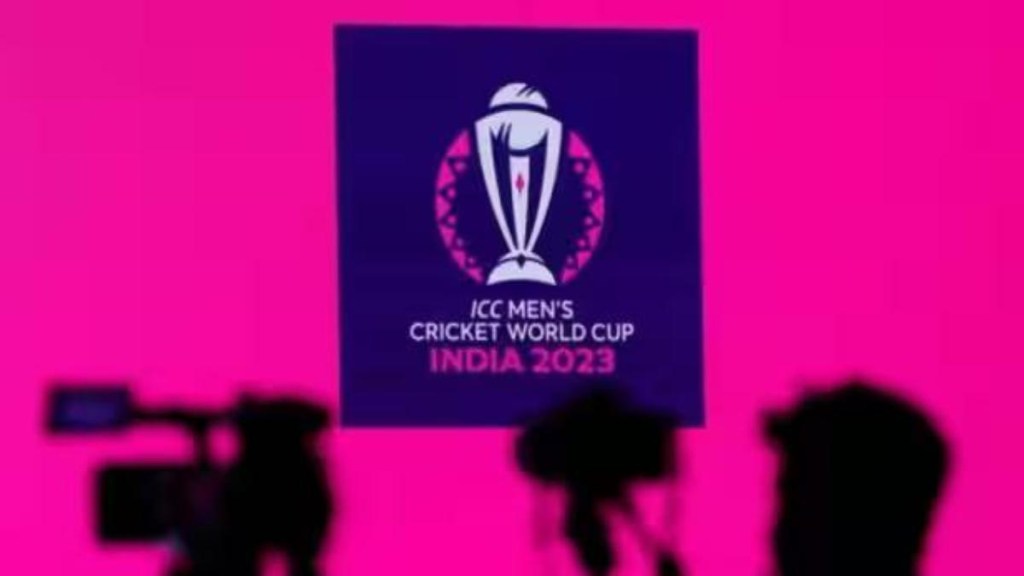The 2023 edition of the Cricket World Cup will go down as a tournament that has broken all-time viewership records. Wednesday’s semi-final clash between India and New Zealand, for instance, saw peak concurrency hit 53 million viewers on Disney+ Hotstar, a global first for any cricket match streamed on any digital platform, official broadcaster Disney Star said on Thursday.
It was also the fourth time Disney+ Hotstar, which is streaming the tournament for free, broke its own concurrency record.
While the International Cricket Council and Disney Star have been over the moon with the record viewership and engagement, some advertisers have opted to give the World Cup a miss, citing prohibitive costs and alternate platforms such as general entertainment and movie channels available for reach.
Brands such as Procter & Gamble, Godrej, Airtel, PepsiCo, Britannia, Xiaomi, Samsung, LG, Hyundai and Flipkart are among notable absentees during the World Cup, while others such as Maruti and Parle Products have a limited presence on the quadrennial sporting event. Vodafone, another big advertiser which has been running ad campaigns during the World Cup this year, has opted not to take up sponsorship of the tournament.
“Our investment in this World Cup is around `46-47 crore. We have taken commercial time largely on 14 matches including the semi-final, final as well as the India matches,” says Shashank Srivastava, senior executive officer, marketing and sales, Maruti Suzuki India.
“Could we have been bigger on the World Cup? Yes, we could have. But my answer to this is that cricket is expensive and it works well for those brands who are looking for reach in a short span of time. Maruti Suzuki is a brand that is well-known. We were looking at the Cricket World Cup as a frequency builder rather than for pure reach,” Srivastava says.
A 10-second TV spot during India matches has cost advertisers Rs 30 lakh. Spot rates for last-minute buyers for the semi-final matches were up 15% to around Rs 35 lakh per 10 seconds. And for the final match on Sunday, spot buyers may have to cough up close to Rs 40-45 lakh per 10 seconds, according to media buyers and planners privy to negotiations.
This has left some advertisers circumspect about cricket investment, explains Kamal Nandi, business head and executive vice president, Godrej Appliance.
“We plan our media investments more in the summer, since we have two strong cooling categories, namely, refrigerators and air conditioners. During the festive season this year, we anticipated purchases to be more in urban centres and in large-format stores, where point of sale advertising was critical. Cricket World Cup was not in our plan. Most brands would have weighed in their communication and marketing objectives before deciding on their media investments during the festive season,” Nandi says.
Krishnarao Buddha, senior category head, marketing at Parle Products, among the largest biscuit makers in the country, admits that there has been a disproportionate increase in the cost of advertising on cricket over the years, forcing companies to make difficult choices over a period of time.
“On the one hand, media costs are escalating, while on the other hand, we are increasingly seeing the media market getting fragmented. So digital this year has played a bigger role in getting viewership numbers for the Cricket World Cup versus TV. As an advertiser, I will take these factors into account,” says Buddha.
Parle Products is a co-presenting sponsor on Disney+ Hotstar for the World Cup, but has opted not to advertise on Star Sports TV channels. Instead, it is advertising on DD Sports, which is broadcasting the India matches of the tournament.
Buddha says that a split of Parle Products’ media plan on these lines has allowed the company to chase specific target audiences — Gen Z and millennials on digital and rural consumers on DD Sports.
Star Sports, meanwhile, says that the live broadcast during the first 34 matches attracted eyeballs of nearly 430 million viewers on TV. Quoting BARC data, Disney Star said the total watch time (consumption) on television for the live broadcast of the tournament had witnessed a 10% increase compared to the 2019 edition. And that the average time spent per viewer for the tournament so far had seen a growth of 18% versus the previous edition.
